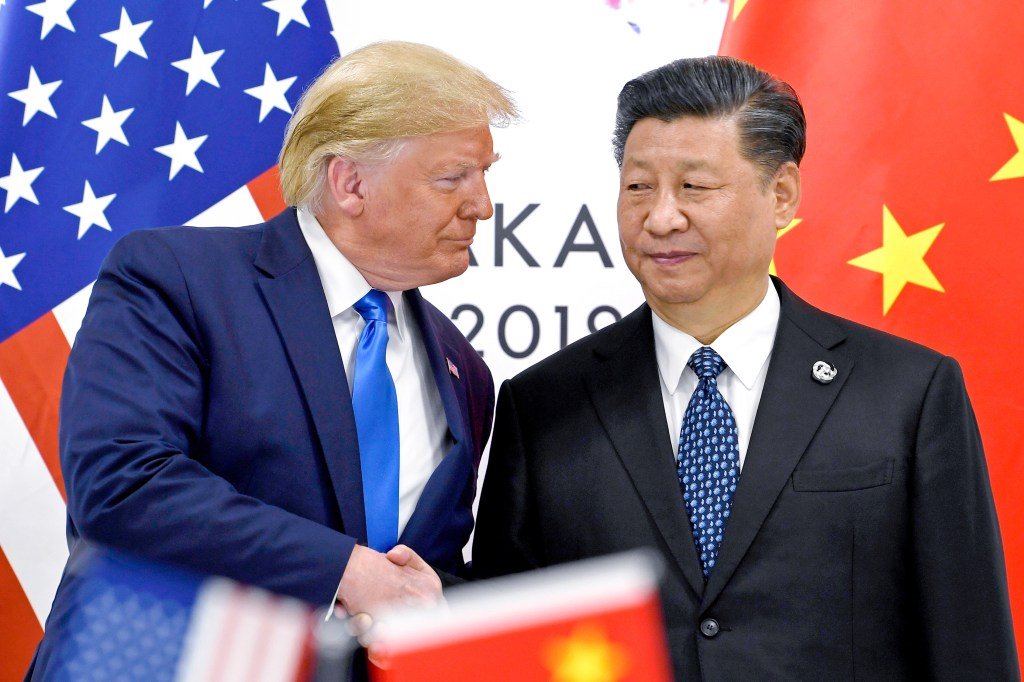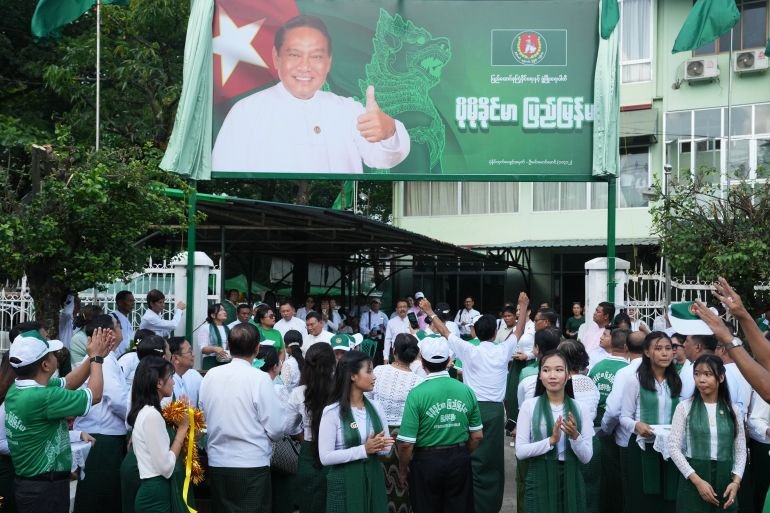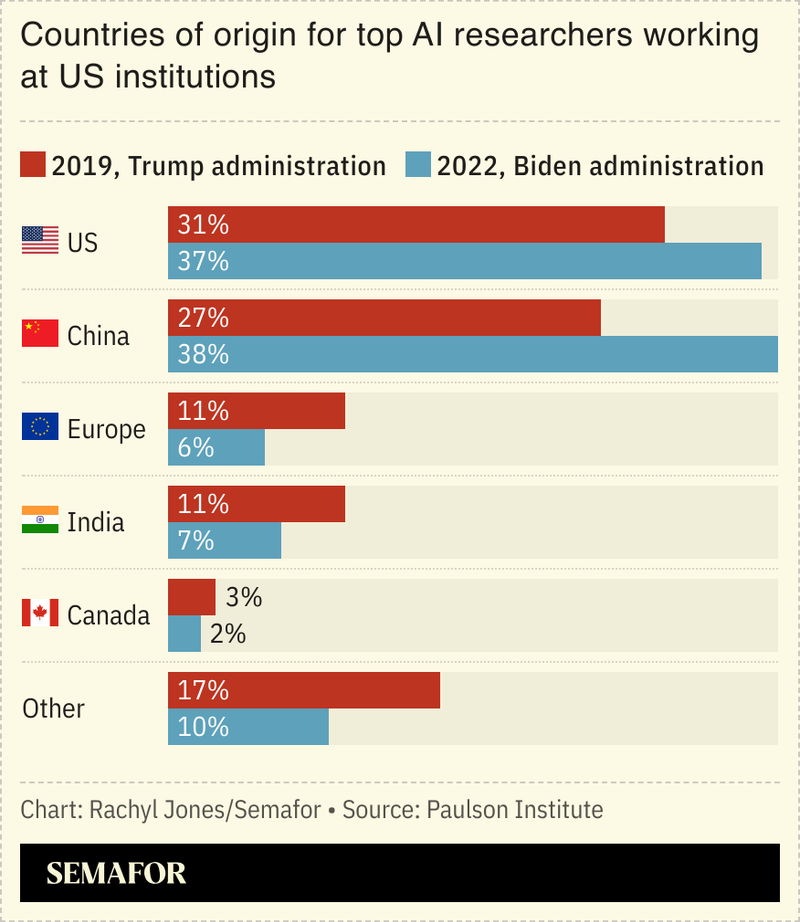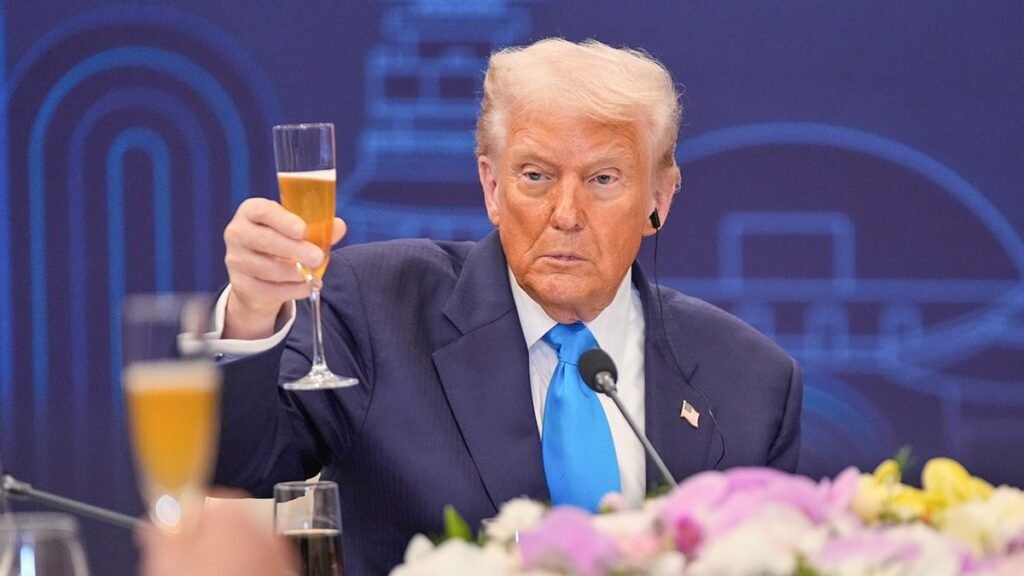JAKARTA – China seems to be increasingly serious about developing artificial intelligence (AI) for military purposes. According to a Reuters review of hundreds of documents, patents, and procurement records, Beijing is making systematic efforts to leverage AI technology for excellence on the battlefield, including through the use of the DeepSeek AI model, the pride of China’s technology sector.
In February 2025, state-owned defense company Norinco introduced P60 autonomous military vehicles capable of carrying out combat operations at speeds of up to 50 kilometers per hour. The vehicle is powered by DeepSek, and promoted by Communist Party officials as an early example of how Beijing uses AI to rival the United States in the race for modern weaponry.
Although the details of the technology behind the next generation of weapons systems are still a state secret, a number of patents and procurement records show China’s progress in capabilities such as introducing autonomous targets and making real-time battlefield decisions, similar to the US military approach.
Reuters found that the People’s Liberation Army (PLA) and its affiliated agencies were continuing to search for and use Nvidia-made chips, including models that had been banned from US exports. However, it is not clear whether the chip was obtained before restrictions were imposed.
On the other hand, analysts at the Jamestown Foundation note that the PLA is now increasingly using Huawei chips for the military AI system, in line with Beijing’s push for defense agencies to rely on domestic technology.
Huawei declined to comment on its product involvement in military projects, while China’s Ministry of Defense, DeepSek, and Norinco did not respond to requests for comment.
The military tender document seen by Reuters shows that the DeepSeeek model is the main choice of various PLA entities throughout 2025, far ahead of domestic competitors such as Alibaba’s Qwen. This reflects Beijing’s strategy to achieve so-called ‘algorithmic sovereignty’, reducing dependence on Western technology and strengthening control over critical digital infrastructure.
A spokesman for the US State Department said DeepSek “voluntarily supports and is likely to continue to support China’s military and intelligence operations.”
China is also researching the use of autonomous dog robots that can move in groups to search for threats and clear mines, as well as swarm drones that can track targets automatically. In the November 2024 military tender, the PLA even requested the development of an AI dog robot for combat operations.
Patents and research papers show that AI is now being used to accelerate satellite image analysis, radar coordination, and combat mission planning. A team from Xian University of Technology reports that DeepSek-based systems are capable of evaluating 10,000 battlefield scenarios in just 48 seconds, which usually takes 48 hours for human military planners.
Documents also show that Chinese military entities are investing in autonomous combat technologies, such as drones that can recognize, track, and attack targets with minimal human intervention. Beihang University, for example, uses DeepSek to increase decision-making in swarm drones against minor and slow threats.
Although Chinese defense leaders have expressed a commitment to maintain human control over the weapon system, concerns are growing that the AI race between Beijing and Washington could lead to the use of non-supervised autonomous weapons.
Meanwhile, the US military is also accelerating the development of a similar system and plans to deploy thousands of autonomous drones by the end of 2025 to match China’s numerical advantages in unmanned aerial vehicles.
Although China is pushing for the use of domestic chips such as Huawei Ascend, military academic research still frequently mentions the use of the Nvidia A100 chip, even after the US export ban was imposed in 2022. Reuters discovered 35 patent applications from agencies such as China’s National Defense University (NUDT) which called the use of the chip for AI model training.
A senior NUDT researcher, Colonel Zhu Qichao, acknowledged last year that US restrictions “inflowed their AI research to some extent,” but stressed that China is determined to narrow the gap between technology and the United States.
An Nvidia spokesperson responded to Reuters’ findings saying that China has enough domestic chips for all its military needs, and the limited use of old chips does not pose a new security threat.
The English, Chinese, Japanese, Arabic, and French versions are automatically generated by the AI. So there may still be inaccuracies in translating, please always see Indonesian as our main language.
(system supported by DigitalSiber.id)







